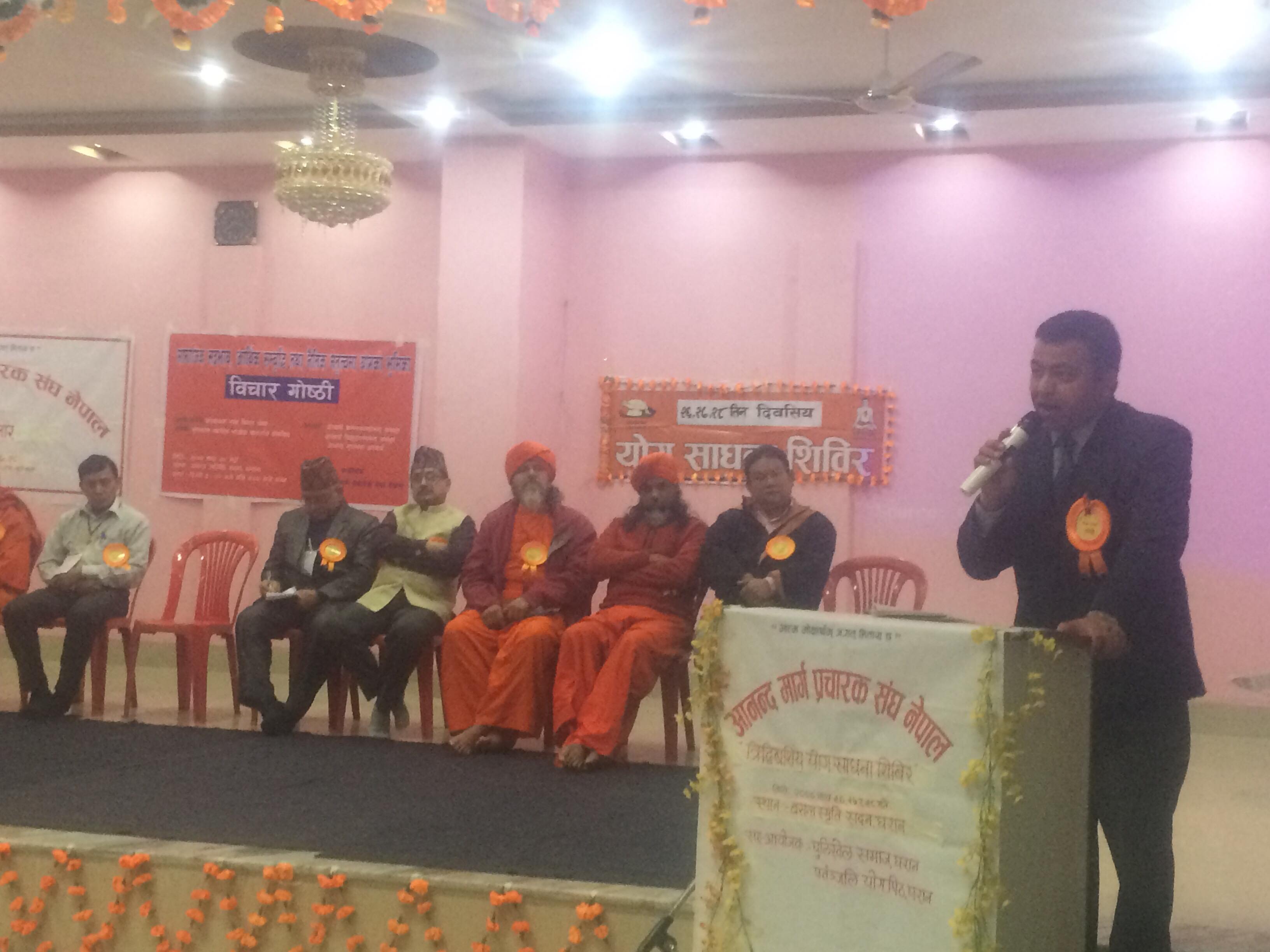Introduction
Under-nutrition during childhood, a major public health problem of Nepal, can have everlasting consequences. It is one of the primary causes of ill health and premature deaths in many developing countries like Nepal.
Objective
The objective of the study was to assess the prevalence and associated factors of under-nutrition among under-five children of Bharatpur municipality of Chitwan district of central Nepal.
Methodology
A cross-sectional study was conducted in Bharatpur municipality of Chitwan district. Anthropometric measurement of children and information regarding nutrition along with different exposures were taken from 402 randomly sampled mothers. WHO criteria were used to compare with the calculated Z-score using Anthro V3.2.2 software. Informed consent was taken from concerned authority. Descriptive statistics were calculated and binary logistic regression was used to determine the influence of selected variables for underweight.
Results
Majority of the respondents were from relatively advantaged groups and house makers. Almost 54% of the children were boys and the greatest share of children was of age group 25-36 months. Almost one in 10 children of Bharatpur had a lower weight-for-height score (wasted). Likewise, more than one quarter (26.4%) were stunted and another 13.4% were under-weight. Families with less than four family members were less likely to have underweight children and those who had more than two children had more chance of having under-weight children (P=0.002). Children having diarrheal episodes within 2 weeks period of the study had higher odds of being malnourished.
Conclusion
The study shows that female children have higher risks of being malnourished. Higher prevalence of underweight was seen with the increasing age of children. The size of the family also matters about the nutrition status of children. It is recommended that the Ministry of Health needs to have more attention for the necessary intervention addressing the combined exposures factors for underweight.
Keywords
Child, Nepal, Nutritional status, Prevalence





